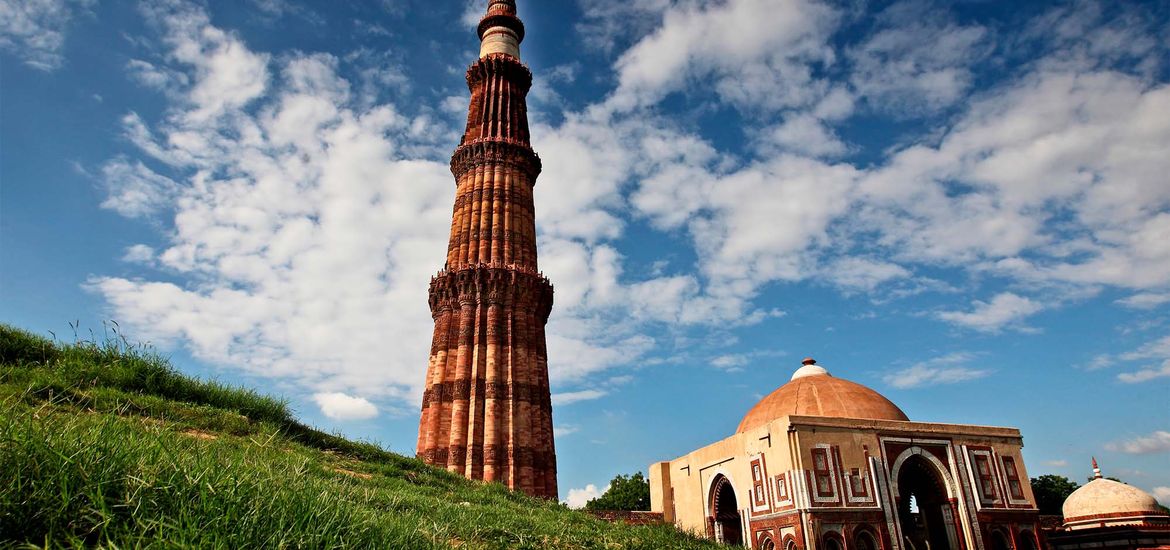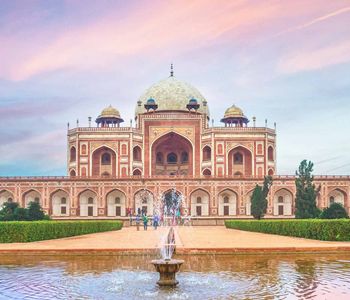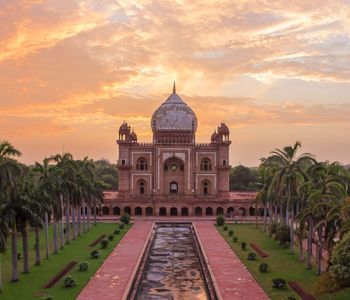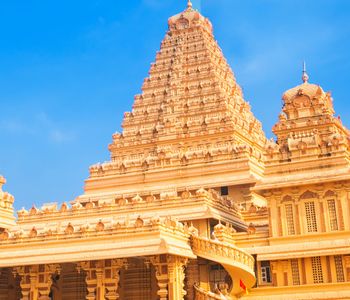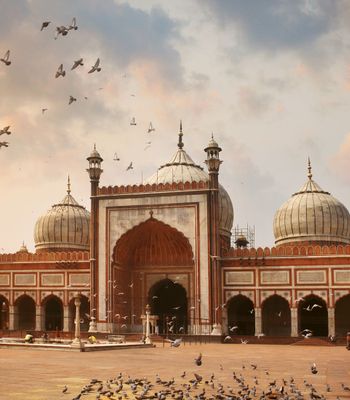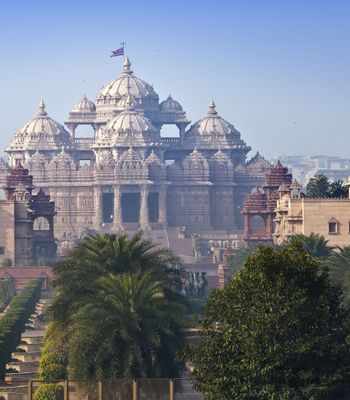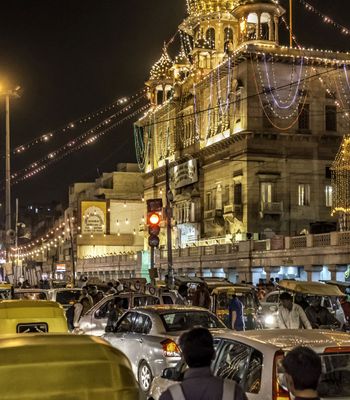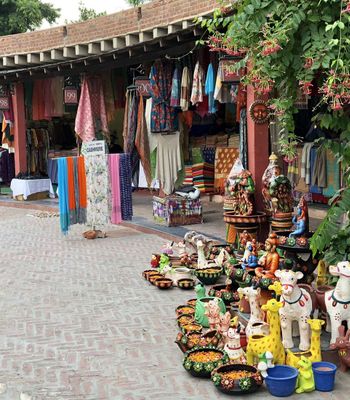With a foundation laid in the 1190s, Qutub Minar is a fascinating monument with a complex history. Because it's designated as a UNESCO World Heritage site, this minaret will stand tall for many years as a reflection of its people and traditions. If you're interested in visiting Qutub Minar, explore a few tips from experienced travelers.
Examining the Architecture
Initially, this minaret stands out with its red sandstone construction. Although this material is relatively common, sandstone offers a pliable material for intricate architecture at Qutub Minar. For example, rounded and angular flutings create a visual spectacle as you gaze up at the structure. Remarkably, Qutub Minar is nearly 238 feet tall with a diameter at the peak of just 9 feet. As you enjoy the courtyard at its base, the diameter is much wider at nearly 47 feet.
Look upward, and you'll see several balconies built into the structure for calls to prayer. For orientation purposes, the base courtyard includes carved pillars on the north, south and east sides. The west-facing side boasts a five-arched screen. In the end, these markers help followers with their daily prayers even if they're just visiting the site.
Looking at the History
As a testament to Muslims conquering this land just south of Delhi, Qutub Minar was a project taken on by several rulers. Primarily, the first Muslim conqueror of Delhi Qutub-ud-din Aibak began construction on this minaret. Most historians agree that he was only able to complete the basement under his rule.
Next, his successor Iltutmish was successful in adding three more stories to the structure. Because his contribution occurred in 1230, Qutub Minar has been evolving over the decades by this point.
Amazingly, Firoz Shah Tughlak completed the minaret in 1368. The final story gave the structure its unique peak and shape. With three rulers contributing to its shape, Qutub Minar reflects the area's culture over more than a century.
Traveling to the Monument
Understandably, Qutub Minar is a well-known attraction. By taking public transit, locals can show you the way to this complex. If you're in the southern Delhi region, taking a taxi or an auto rickshaw are popular choices. These drivers know the area well, which means you can gain some knowledge about the structure as you enjoy the sights along the way.
When you're traveling from afar, fly into New Delhi. Here, you can take a bus to Qutub Minar. Generally, there are buses each day that move between the airport and the monument.
Alternatively, consider a trip on the metro train. Throughout this region, trains crisscross the land. Indeed, Qutub Minar has its own station, which makes it easy to hop on and off as desired to see all the local landmarks.
Knowing About Entry Fees
Caring for this monument comes from funds collected as entry fees. Ideally, visitors should verify the latest fees because they might change over time. If you're a citizen of India, Afghanistan, Sri Lanka, Nepal, Bangladesh, Pakistan, Bhutan or the Maldives, the entry fee is 50 rupees per person. There's a discount if you book online, however. These individuals only pay 35 rupees per person. In addition, other countries also receive this discount, including Myanmar and Thailand.
If you're visiting from any other country, a cash payment of 600 rupees per person is common. Also, receive a small discount of 50 rupees if you pay online. Visitors who are 15 years of age or younger have free admission at Qutub Minar.
Although India and UNESCO contribute their funds to preserve the monument, your entry fees are also crucial. In the end, you might consider a small donation to help the complex even further.
Timing Your Visit
Qutub Minar is open from 7 a.m. to 5 p.m. daily. To avoid the crowds, consider an early morning visit on a weekday. However, two other times of day reveal this monument's beauty, too.
For example, wait until sunset to visit Qutub Minar. Because of the red sandstone, the waning sunlight makes the monument glow. Certainly, photos at sunset are a photographer's dream.
In addition, visiting the monument at night gives you an entirely different view. It's entirely lit with lights that accent the structure's lines. Without a doubt, it can be seen from afar with all the lights.
Lastly, time your visit during the cooler months. Between October and February, you'll enjoy the winter season where hot temperatures are rare. Additionally, you also miss the monsoons that can dampen any vacation itinerary.
Making a Day Out of Your Visit
Surrounding Qutub Minar are vibrant gardens and other archaeological highlights. First, visit the oldest mosque in Northern India called Quwwatu'l-Islam. Indeed, its construction is fascinating because of the reused materials taken from Brahman temples. Next, you'll find several funerary structures with their own inscriptions and history. Also, the Iron Pillar resides in this complex as a distinct monument within the complex. Remarkably, this metal will not rust.
Bring a picnic to this complex so that you can enjoy a day of culture and history. The gardens give you a perfect rest stop between landmarks. Ultimately, Qutub Minar is a sight for everyone's bucket list.
Calling devout Muslims to prayer is Qutub Minar's main purpose, but it also serves as a historical look at how India has evolved through the centuries. Plan an itinerary, and come visit this breathtaking spectacle. Ultimately, Qutub Minar will stand for many more centuries as protection and management ensure its place in the nation.
